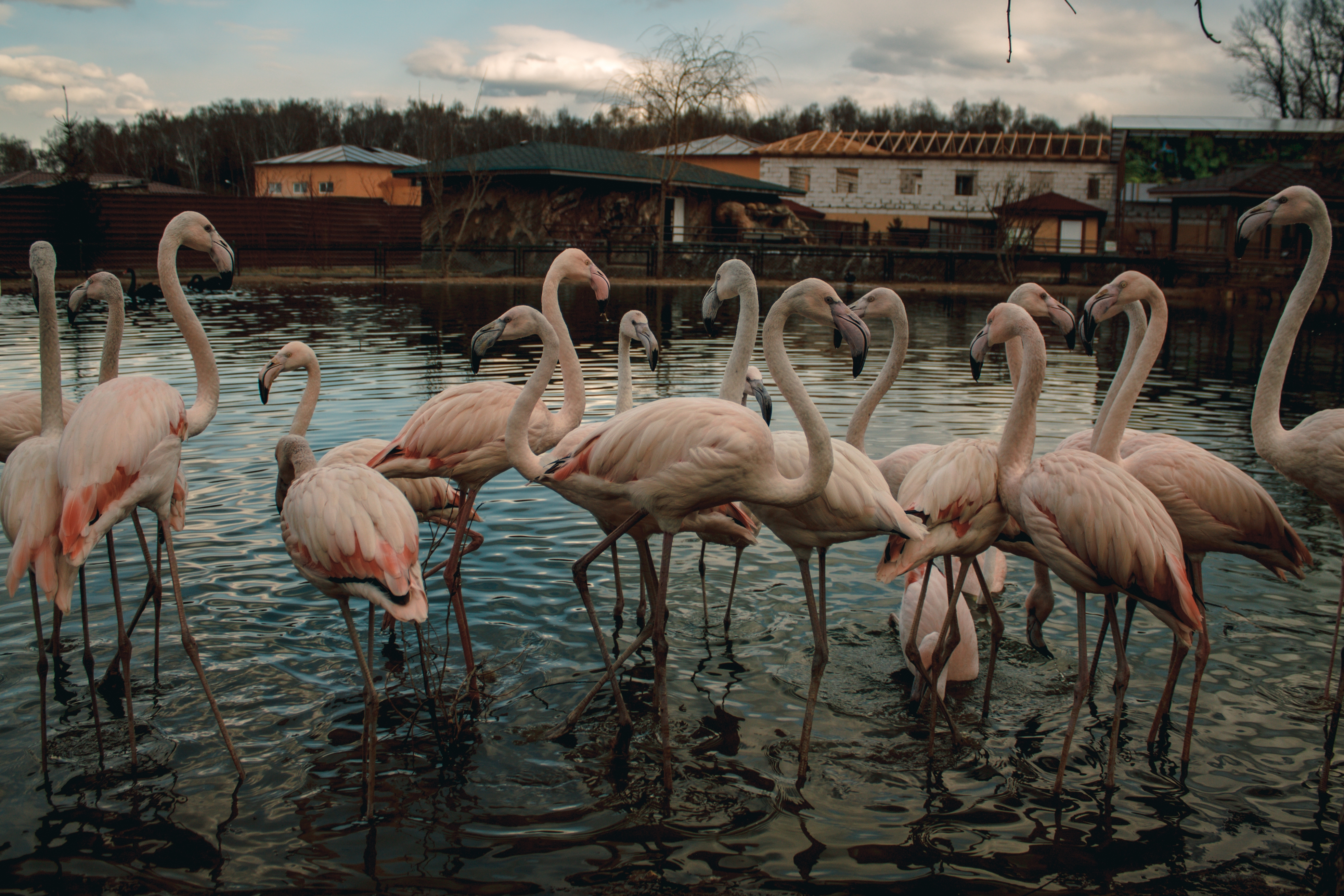10 Animals That Prove Bipedalism Isn't Just a Human Trick
Bipedalism is a fascinating evolutionary trait that distinguishes a select group of animals, allowing them to walk on two legs. While humans are the most famous bipedal creatures, the animal kingdom boasts a variety of other species that have developed this unique form of locomotion. From the elegant flamingos to the agile lizards, these creatures have adapted to their environments in remarkable ways, showcasing the versatility and adaptability of life on Earth. This article explores the top 11 bipedal wonders, delving into the evolutionary advantages and the intriguing behaviors that accompany this mode of movement. By understanding these creatures, we gain insight into the diverse strategies of survival and adaptation in nature.
1. Flamingos: Masters of Balance and Beauty

Flamingos are perhaps the most iconic bipedal birds, known for their striking pink plumage and elegant stance. These birds are found in warm, watery regions on many continents, including Africa, Asia, and the Americas. Their long legs and necks are perfectly adapted for wading in shallow waters, where they feed on small organisms like algae and crustaceans. The flamingo’s bipedal stance allows it to wade into deeper waters than birds with shorter legs, giving it access to food sources that others cannot reach. The flamingo's unique feeding behavior is a fascinating aspect of its bipedal nature. By standing on one leg, flamingos reduce muscle fatigue and conserve body heat, a behavior that has puzzled scientists for years. This iconic pose is not just for show; it is a critical adaptation that allows them to thrive in their aquatic habitats. The ability to stand still for long periods is essential for feeding, as flamingos use their specialized beaks to filter feed while their bodies remain motionless. In addition to their feeding adaptations, flamingos are also social creatures that live in large colonies. Their bipedalism plays a role in their social behavior, as it allows them to engage in complex mating dances and displays. These displays are crucial for pair bonding and successful reproduction. The social structure of flamingo colonies is a testament to the importance of bipedalism in their daily lives, influencing everything from feeding strategies to reproductive success.